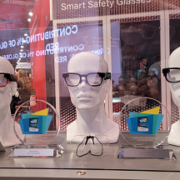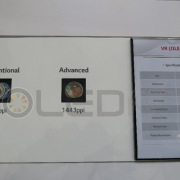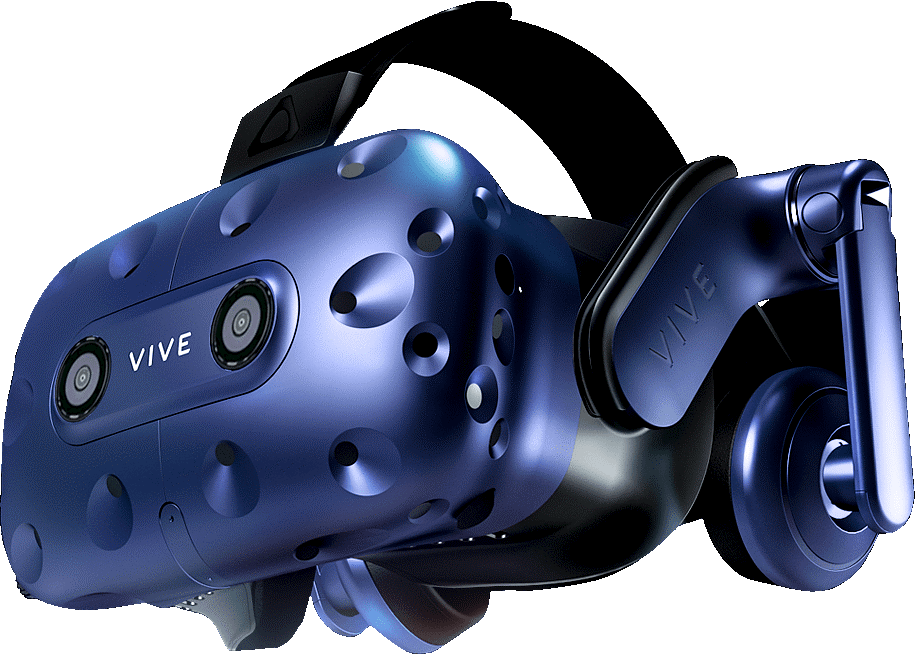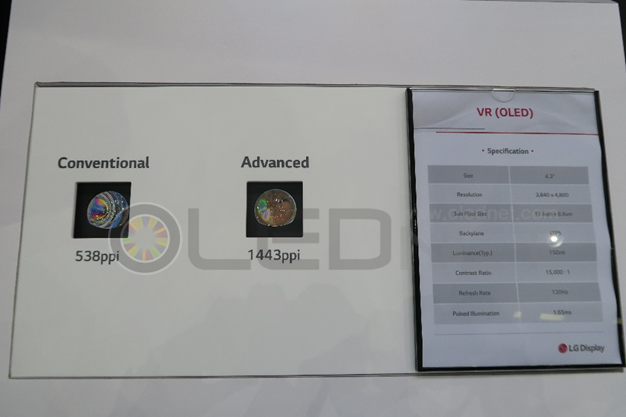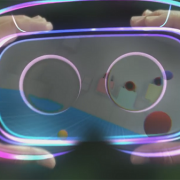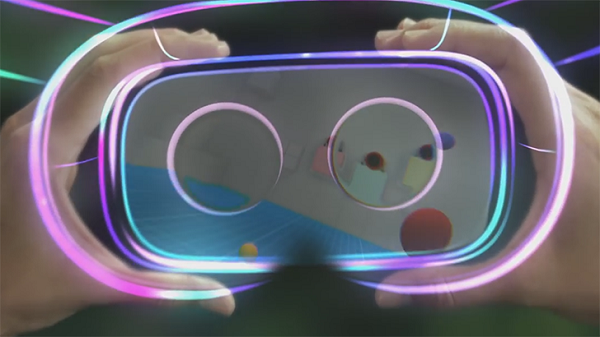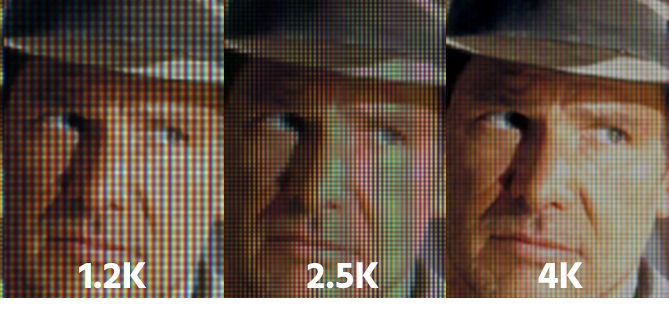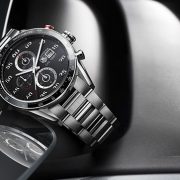가상현실 시장, 경쟁 심화되나
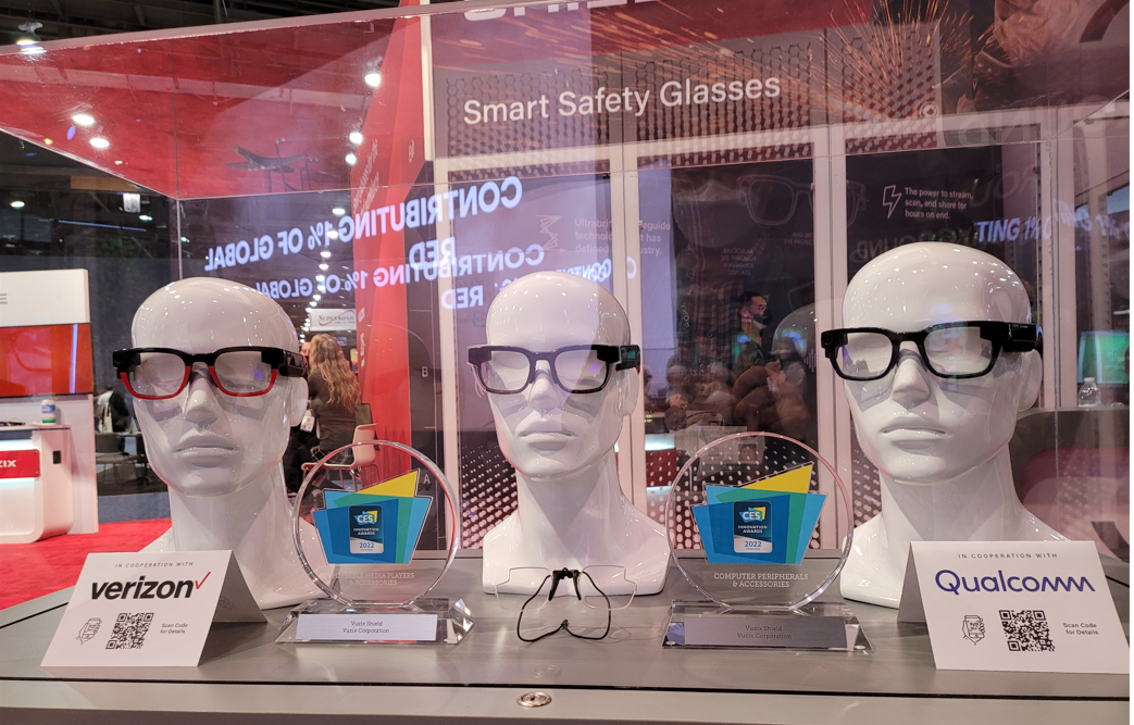
CES2022에 전시된 AR글라스
가상현실에 대한 관심이 날이 갈수록 뜨거워지고 있다. 구글, 메타, 삼성 등 국내외 테크기업들이 가상현실과 관련한 움직임을 구체화하면서 경쟁에 돌입했다.
구글은 지난 19일 자사 블로그를 통해 8월부터 구글의 AR글라스 시제품을 현실에서 테스트하겠다고 밝혔다. 2012년 AR글라스를 처음 선보인 뒤 10년 만이다.
구글의 AR글라스는 일상에서 실시간 번역을 가능하게 해준다. 안경처럼 착용하는 형태의 AR글라스를 통해 상대방의 언어가 번역되어 안경의 하단에 자막으로 표시된다. 다만 구체적인 제품명이나 판매 시점은 정해지지 않은 것으로 알려진다.
메타는 VR 기기 시장을 주도하고 있다. 2014년 오큘러스를 20억 달러에 인수하며 VR 기기의 대중화를 이끌었다. 지난해 기준 VR/AR 시장 점유율이 78%에 달한다. 메타는 지난 6월 망막이 구분하기 어려울 정도로 높은 해상도를 구현한 VR 헤드셋 ‘버터스카치’를 공개했다. 버터스카치는 시야각을 넓혀주고 사물을 정교하게 보여주는 VR 헤드셋이라고 설명했다. 이 밖에도 밝기가 1만 니트에 달하는 헤드셋(스타버스트), 가변 초점 렌즈를 장착한 연구용 헤드셋(하프돔 3) 역시 공개했다.
삼성전자는 최근 메타의 자회사인 오큘러스 VR 출신의 윤가람 상무를 삼성리서치 VR 책임자로 영입했다. 윤 상무는 오큘러스 VR에서 AR,VR의 모델링 작업 및 미광 현상 연구 등을 수행한 것으로 알려졌다. 삼성전자 역시 인재영입을 통해 AR글라스 사업을 확장하려는 것으로 해석 된다.
유비리서치 이충훈 대표는 유튜브를 통해 국내외 테크기업들이 VR 기기들을 준비 중이라고 설명했다. VR 장비에 적용되는 마이크로 디스플레이로는 OLEDos로 바뀌는 추세다. LCos보다 응답속도가 빠르고 색감이 좋고, Contrast Ratio 또한 높기 때문이다.
중국과 미국의 신냉전 시대에 들어서면서 한국 디스플레이 업계가 수혜를 받게 될 것이라고 예상했다. Micro OLED는 군사용으로 사용되고 있어 미국 기업들이 중국으로부터 공급을 배제할 가능성이 높기 때문이다.
LG디스플레이는 지난 6월 선익시스템으로부터 증착기를 발주했다고 전했다. 이 대표는 ‘국내 업체가 Micro OLED 장비 표준화가 되는 쾌거를 이루면 좋겠다고 덧붙였다.
관련 동영상 : VR이 TV와 모니터를 대체할 수 있을까? 업계 움직임은!?
관련 보고서 : 2022 Micro-display보고서

